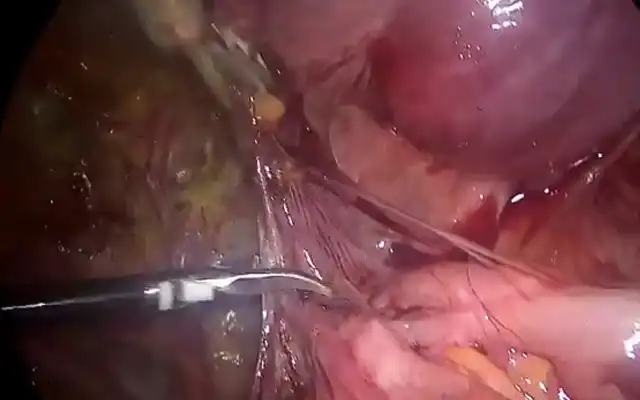Objectives: This study was undertaken at the Department of Obstetrics and Gynaecology of the Charlotte Maxeke Johannesburg Academic Hospital to determine if the use of formal guidelines and a standardised surgical technique would increase the rate of vaginal hysterectomy (VH) and result in an overall decline in open abdominal hysterectomy (AH).
Study Design: All women admitted between July 2001 and December 2014 for hysterectomy due to benign conditions, meeting the guidelines criteria (vaginally accessible uterus, uterus < 12 weeks size or < 280 g on ultrasound examination and pathology confined to the uterus) were included. The surgical route was determined using the Unit surgical decision tree algorithm. In cases where the pathology was not confined to the uterus or success in VH was uncertain, laparoscopic assisted vaginal hysterectomy (LAVH) was performed. The VH procedures were performed by the residents in training, under the supervision of specialists with large experience in vaginal surgery. In addition to the patient characteristics and surgical approach to hysterectomy, length of hospital stay, intra-operative and immediate post-operative complications were also recorded and analysed.
Results: A year before the initiation of the study, the percentage of all VHs undertaken in the Department was 9.8 % (mainly performed for utero-vaginal prolapse). During the study period, 1143 vaginal procedures (1017 VHs and 126 LAVHs) were performed. The most common indications were cervical
dysplasia, uterine fibroids, dysmenorrhoea or abnormal uterine bleeding, adenomyosis, endometrial hyperplasia and chronic pelvic pain. Introducing a formal clinical decision tree algorithm and a standardised surgical technique resulted in an increase in the rate of VH to 48.4 % and overall decline in open AH from 91.2%–51.6%. Thus, the VH/AH ratio increased from 1/9 at the beginning of the study (July 2001) to 1/1 by its end (December 2014). In all cases, VH was performed without the need to convert the vaginal to the abdominal route.
Conclusion: The use of institutional guidelines for determining the hysterectomy route and a standardised VH technique resulted in an increased number of performed VHs. This provided an essential opportunity for residents to acquire, improve and maintain the skills required to safely perform VH.



